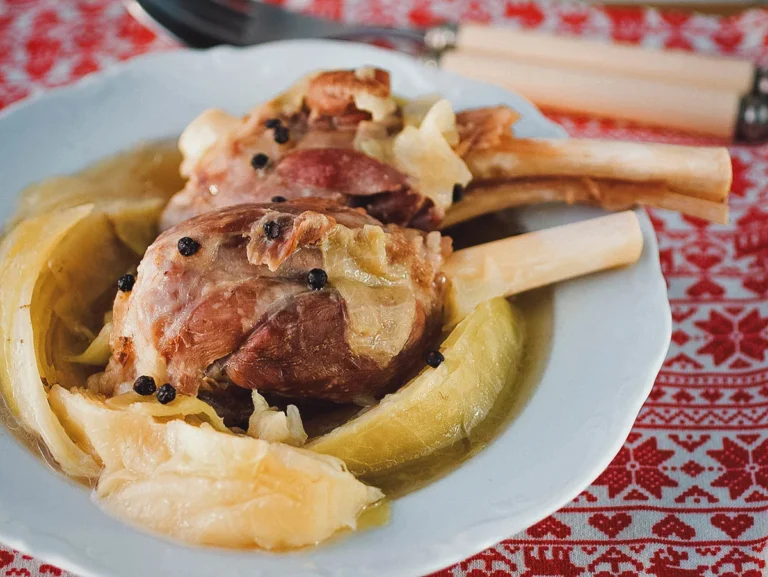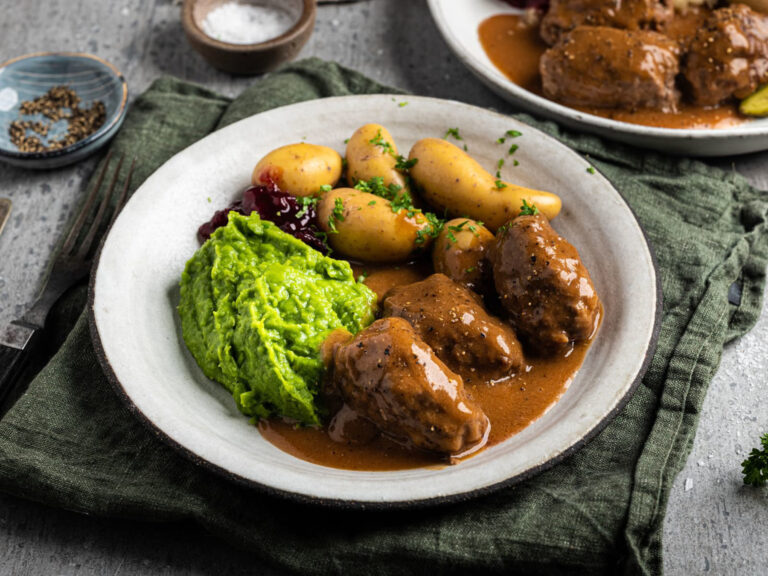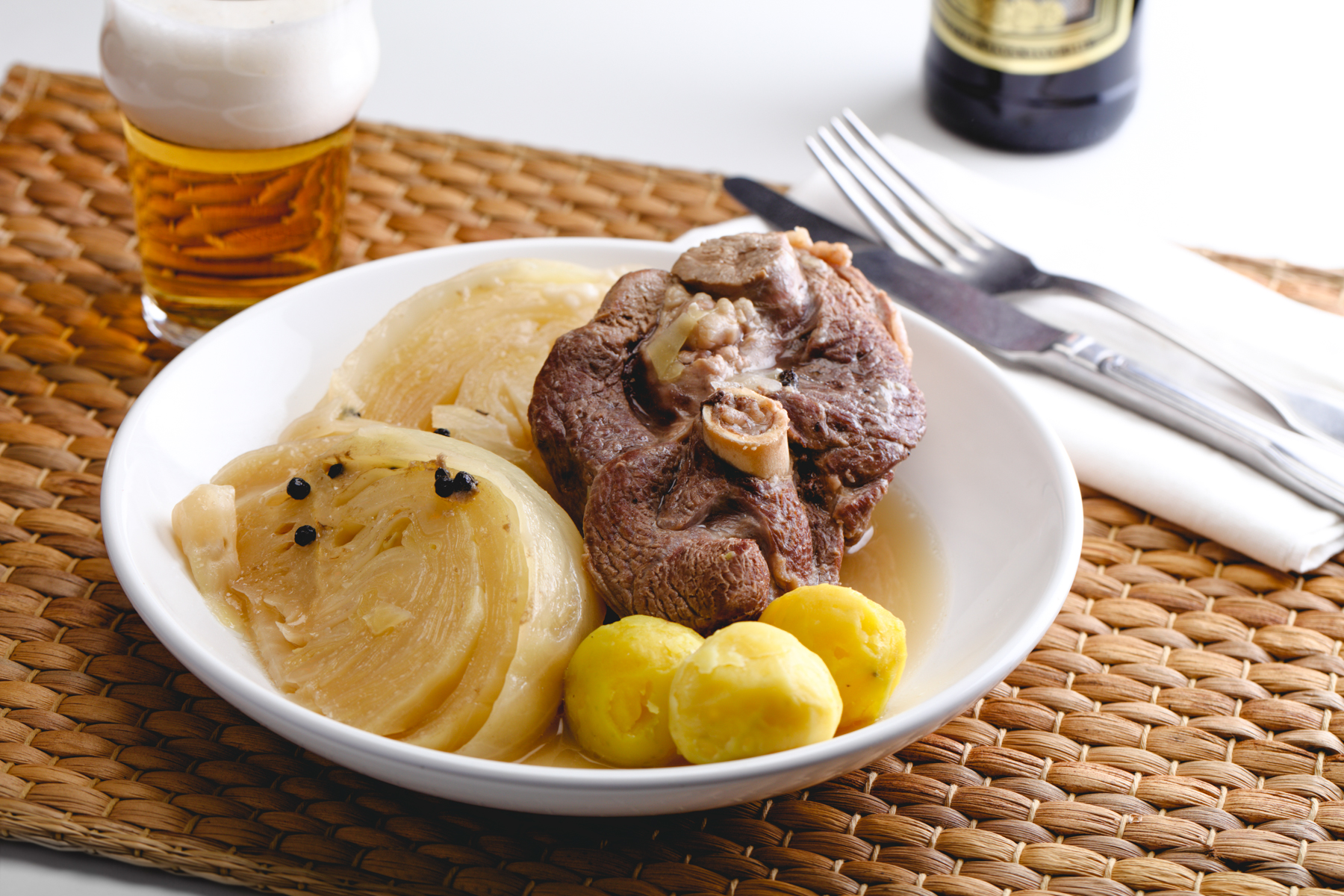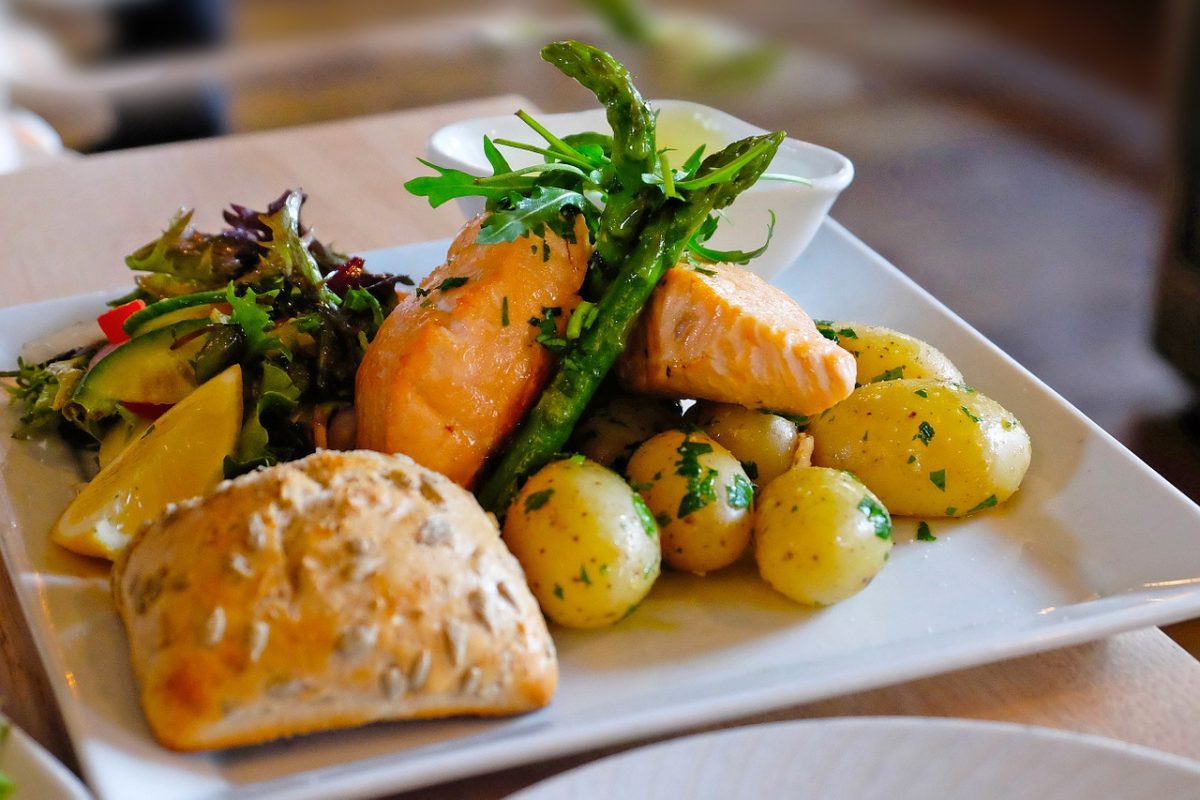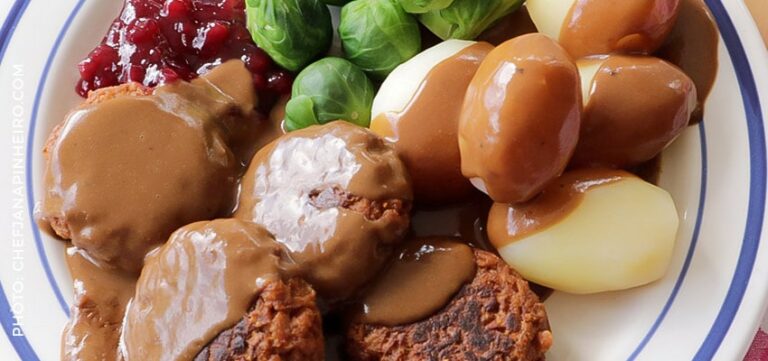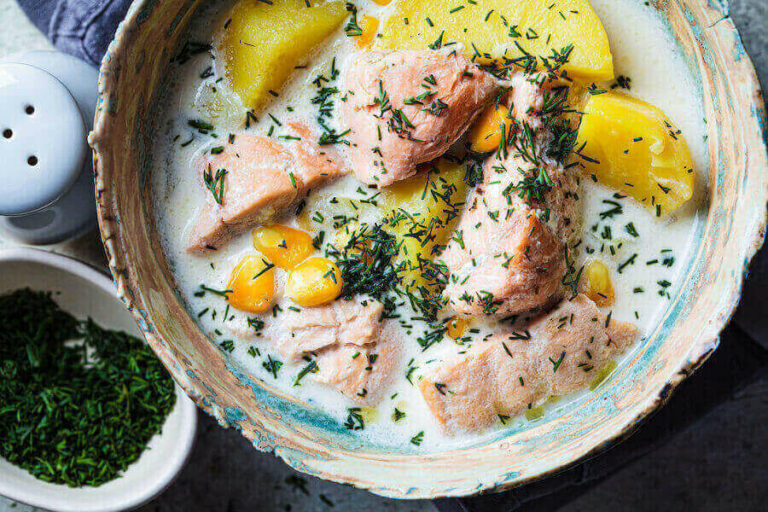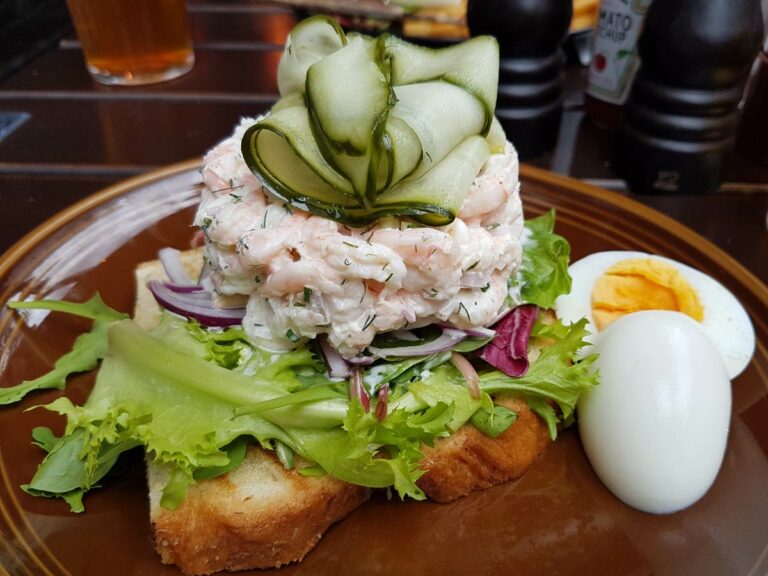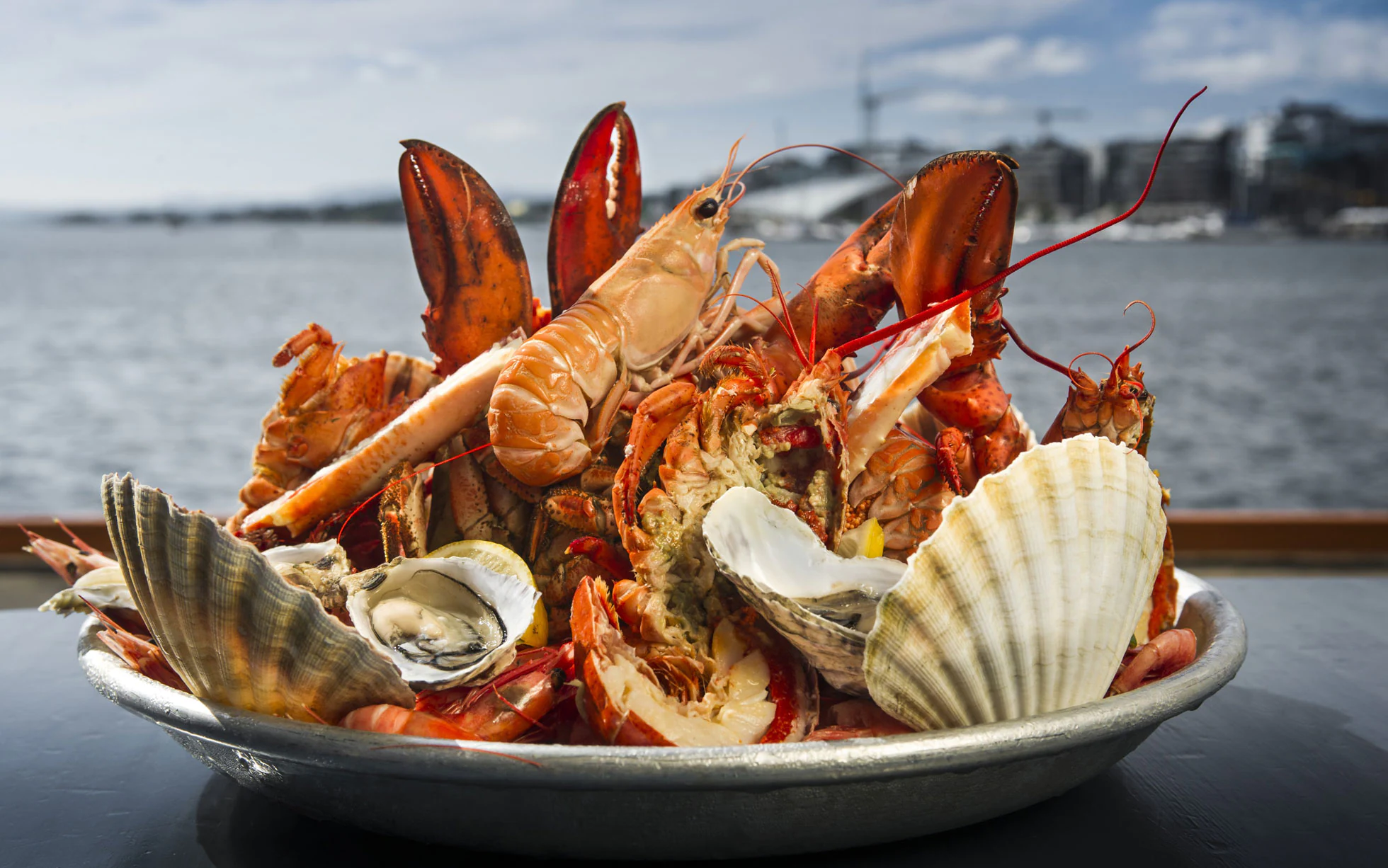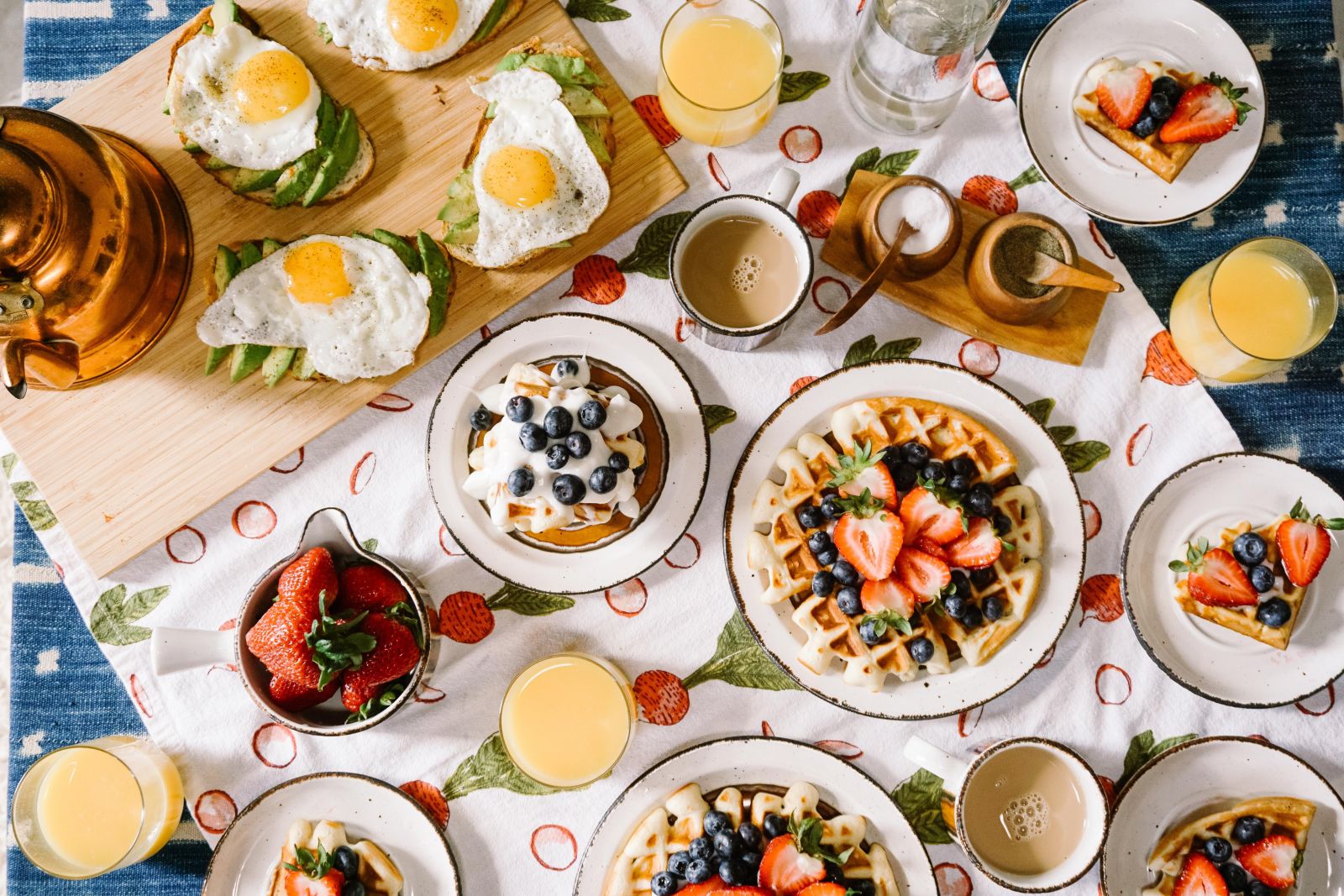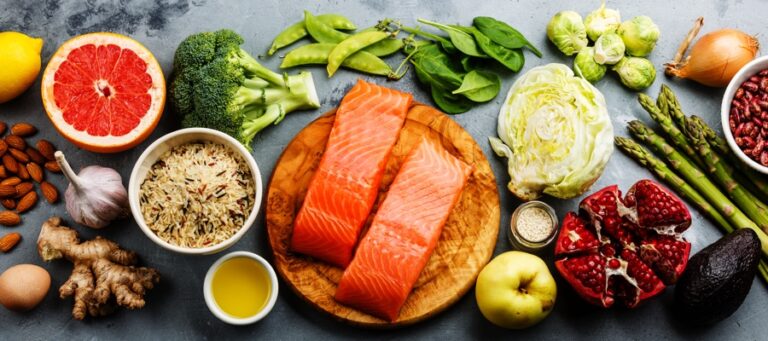Introduction: Norwegian cuisine
Norwegian cuisine is known for its hearty and wholesome dishes, often featuring seafood, game meat, and root vegetables. The cuisine has evolved over time, influenced by various cultural and geographical factors. One of the most significant influences on Norwegian cuisine comes from the Sami people, who have inhabited the region for centuries, and coastal cultures, whose proximity to the sea has shaped their culinary traditions.
Sami influence in Norwegian cuisine
The Sami people have influenced Norwegian cuisine in several ways, particularly in the northern regions of the country. Their traditional diet includes reindeer meat, fish, and berries, which have all found their way into Norwegian cuisine. One of the most famous Sami dishes is bidos, a soup made with reindeer meat, potatoes, carrots, and onions. In modern Norwegian cuisine, chefs often experiment with these traditional ingredients, incorporating them into new and exciting dishes.
Coastal culture & its impact on Norwegian cuisine
Norway’s long coastline has given rise to a rich culinary tradition that emphasizes seafood. Coastal cultures have developed unique ways of preserving and cooking fish, such as smoking, drying, and pickling. One of the most famous examples of this is gravlax, a dish made with raw salmon cured in a mixture of salt, sugar, and dill. Another seafood dish that originated from coastal cuisine is fiskesuppe, a hearty fish soup made with a mix of fish and shellfish.
Traditional ingredients in Sami & coastal cuisine
In addition to reindeer meat and fish, Sami and coastal cuisine feature several other traditional ingredients. Berries, such as lingonberries and cloudberries, are a staple in Sami cuisine, often used in desserts or as a condiment for game meat. Coastal cuisine relies heavily on seaweed, which is used in soups, salads, and as a seasoning. Other traditional ingredients include potatoes, root vegetables, and herbs, which are all used in a wide variety of dishes.
Modern Norwegian cuisine & fusion dishes
Modern Norwegian cuisine has evolved to incorporate a mix of traditional and international flavors. Chefs often experiment with fusion dishes, combining traditional ingredients with spices, sauces, and techniques from other cultures. For example, reindeer meat might be served with a Thai-inspired chili sauce, or gravlax might be served with a Japanese-style sesame dressing. These fusion dishes pay homage to Norway’s diverse culinary heritage while also pushing the boundaries of traditional cooking.
Conclusion: Norwegian cuisine’s diverse heritage
In conclusion, Norwegian cuisine is a reflection of the country’s diverse cultural and geographical heritage. The Sami people and coastal cultures have had a significant impact on the cuisine, introducing traditional ingredients and cooking techniques that continue to influence modern Norwegian cooking. As the cuisine continues to evolve, chefs will undoubtedly continue to experiment with new flavors and ingredients, creating innovative dishes that pay homage to Norway’s rich culinary traditions.

